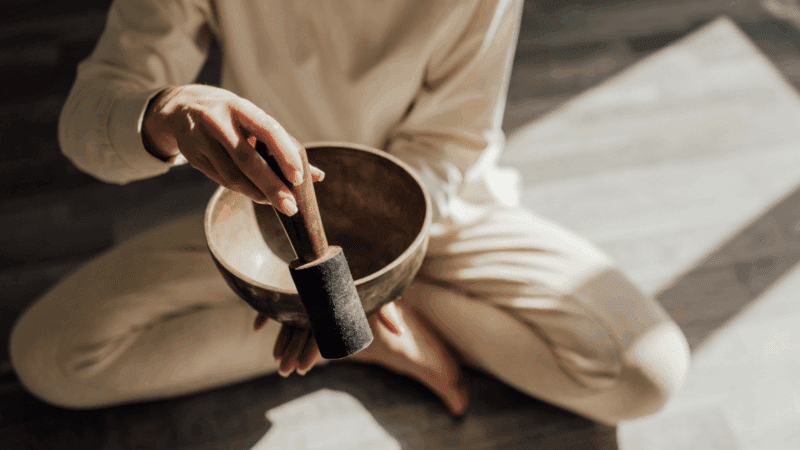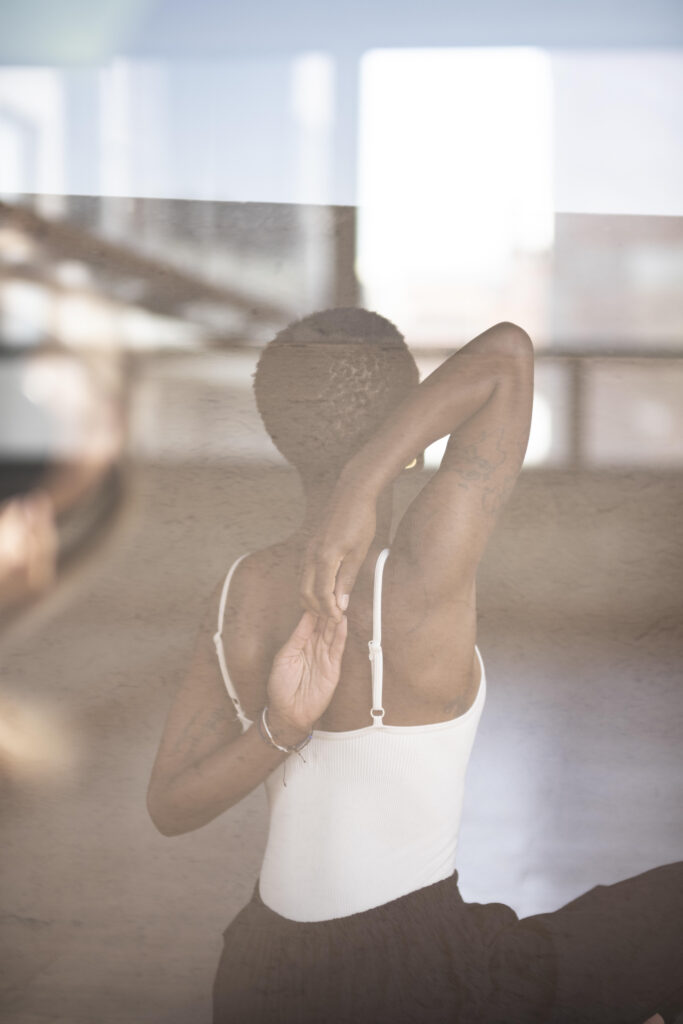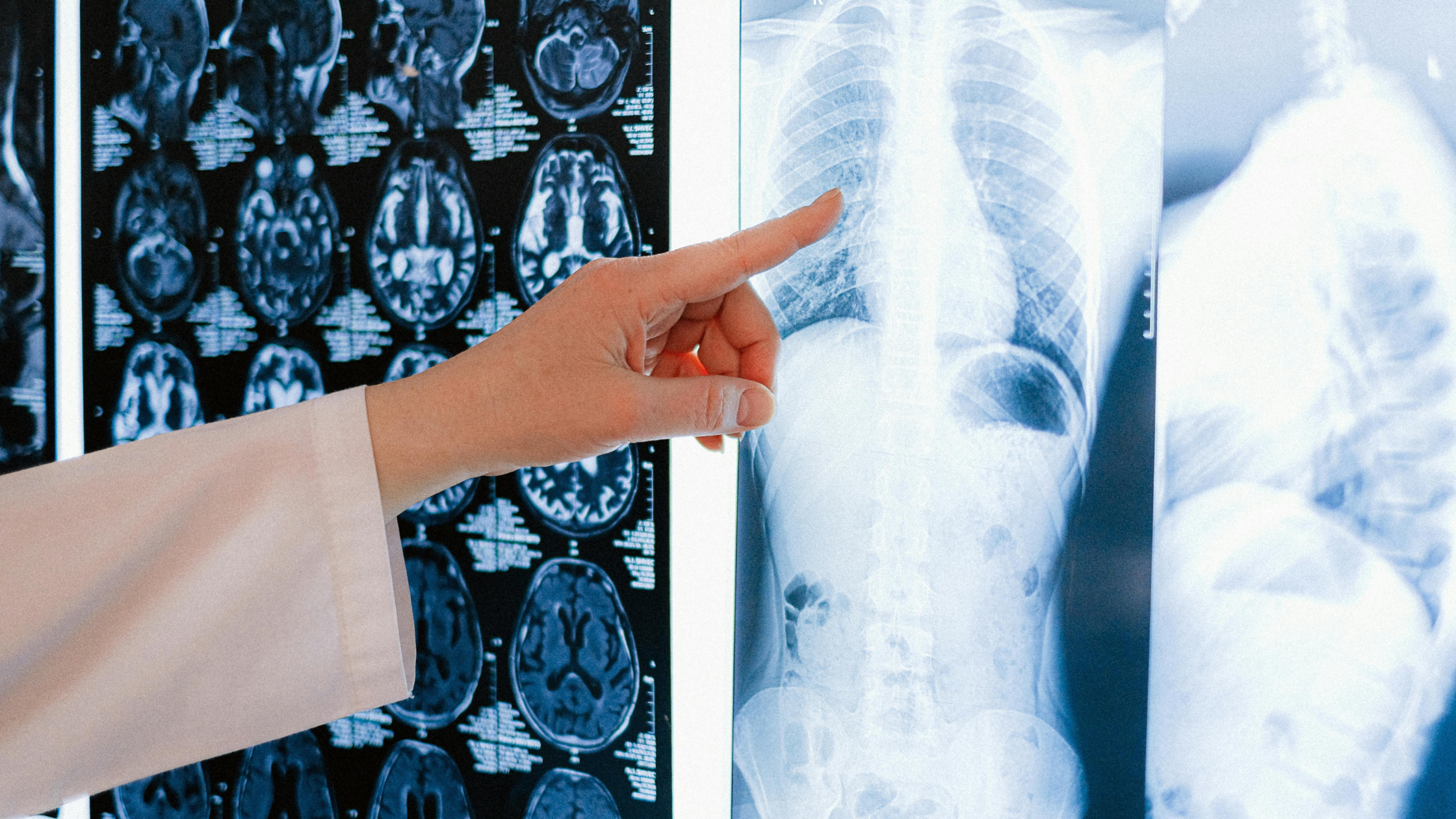What Science Is Revealing About Ancient Practices
THE UPSHOT
A new study using brain imaging shows that high-ventilation breathwork (HVB), fast, rhythmic deep breathing paired with music, can reliably induce altered states of consciousness similar to psychedelics. These states were linked to changes in brain blood flow that heightened emotion processing while reducing self-boundary awareness, leading to feelings of bliss, unity, and emotional release. While the study was small, it validates what ancient traditions have practiced for centuries: breath is a profound tool for transformation. For those seeking healing without substances, HVB may one day provide a drug-free pathway to release trauma, lower stress, and support emotional well-being, an essential pillar of longevity.
Breath is the bridge between body and spirit. Across cultures and centuries, humans have turned to controlled breathing, sometimes in combination with music, movement, or ritual, as a way to alter consciousness, process emotions, and connect more deeply with themselves and the world around them.
Practices like pranayama, Qigong, and shamanic rituals have long employed energetic and spiritual breathwork. Now modern neuroscience is beginning to map what actually happens in the brain during these altered states.
A new peer-reviewed study (1) from Brighton and Sussex Medical School takes us one step closer to understanding the biology behind what many of us experience in breathwork.
Researchers found that a specific style of high-ventilation breathwork (HVB), which is fast, rhythmic, deep breathing accompanied by music, can reliably induce profound altered states of consciousness (ASCs). These states are not unlike those triggered by psychedelics such as psilocybin, yet they are brought on entirely without substances.
The study is the first to use brain imaging to show how HVB influences cerebral blood flow and emotional processing. Findings revealed that breathwork could heighten activity in the amygdala and hippocampus, brain regions tied to memory and emotion, while reducing activity in areas that govern body awareness. This shift was associated with feelings of bliss, unity, emotional release, and what researchers call “oceanic boundlessness,” where the sense of separation between self and external environment dissolves.

The Ancient Meets the Modern
As someone trained in both nutrition and Reiki, I see breathwork as a clear example of how ancient wisdom and modern science are converging. Tibetan monks, Daoist healers, and shamans across Central Asia used sound, rhythm, and breath as tools for healing. Today, organizations like the Monroe Institute carry that lineage forward with sound-based meditations and group practices. What’s fascinating is that the MRI images from this study essentially validate what these traditions have always taught: breath has the power to shift consciousness and open us to states of deep release and interconnectedness.
Modern teachers and innovators are continuing this work in new ways. Dr. Joe Dispenza integrates breathwork into his meditations to help shift brainwave states and regulate the autonomic nervous system. His approach often combines focused breathing with visualization and heart–brain coherence techniques, leading many participants to report mystical states that closely resemble the “oceanic boundlessness” described in the Brighton study.
Wim Hof combines cycles of deep, fast breathing with breath retention and cold exposure. His method has been studied for its effects on inflammation, immune resilience, and stress regulation. The altered blood chemistry and nervous system shifts triggered by his breathing practice highlight the body’s extraordinary capacity to adapt when guided by intentional breath.
Holotropic Breathwork, created by Stanislav and Christina Grof, offers a drug-free method to enter expanded states of consciousness that mirror psychedelic therapy. Using accelerated breathing, evocative music, and supportive facilitation, participants have reported experiencing cathartic emotional release, spiritual visions, or transpersonal states of awareness.
Breath is more than survival–it’s a portal to healing, transformation, and connection. What makes today’s landscape unique is that science can now map these inner journeys, showing us how shifts in blood flow and neural activity reflect the profound states of unity and release that humans have described for centuries.
Why This Matters for Healing
In my practice, I work with people who carry physical imbalances like inflammation, fatigue, or nutritional deficiencies, and emotional blockers that live in the body. Breathwork offers a way to access and release pain which may be the root cause of physical and emotional imbalances.
The Brighton study suggests that high-ventilation breathing may reduce fear, soften negative emotions, and activate brain regions tied to emotional memory, which could help people move through trauma without the help of external substances.
That’s a profoundly hopeful finding for the future of mental health and longevity. Emotional stagnation, whether it shows up as chronic stress, anger, or grief, creates inflammation, disrupts nervous system regulation, and accelerates cellular aging (2). Practices that help us release emotional weight, like breathwork, may indirectly support metabolic health and healthy lifespan by lowering allostatic load, or the long-term effects of stress on the body.

Breathwork in Practice
If you’re curious about experimenting with this practice, a few points are worth keeping in mind.
- Breathwork. These states are not simply relaxation techniques; they can bring up powerful emotions and shift perception dramatically. It’s best to begin with a trained practitioner, such as a somatic healer, meditation guide, or yoga teacher with this specific expertise.
- Music. Rhythm and sound help entrain the breath and can deepen the mental state. This is why many ancient traditions use chanting, drums, or singing bowls.
- Grounding. After a session, give yourself time for grounding. Nourish yourself with whole foods, hydrate, capture your thoughts in a journal, or meditate. This helps you process whatever may have surfaced and integrate these learnings into your everyday routine.
This study is small, and more research will be needed but it points to an extraordinary possibility: that we can access psychedelic-like healing states with nothing more than our breath, our body, and sound.
For those of us committed to living in harmony with nature and honoring the body as a vessel that serves both health and spirit, this is not just exciting science—it’s a remembering of what has always been true.
Breath, when practiced consciously, is medicine. It nourishes not only our cells but also our soul.
xo – Serena
FAQs
Q: How might breathwork impact longevity beyond emotional release?
A: Emotional release reduces chronic stress, which lowers cortisol and systemic inflammation. Both are key drivers of accelerated aging, meaning consistent breathwork may indirectly extend healthspan.
Q: Can high-ventilation breathwork support plant-based nutrition and detox pathways?
A: Yes. Deep, rhythmic breathing enhances oxygenation and circulation, which may support mitochondrial function and nutrient delivery. It also promotes lymphatic flow, aiding detoxification, which is especially important in a nutrient-dense vegan lifestyle.
Q: Does HVB affect the vagus nerve or parasympathetic tone?
A: While HVB initially activates the sympathetic nervous system, the rebound effect can stimulate the parasympathetic branch through extended exhalations. This vagal activation helps calm the body post-session.
Q: Is there a spiritual dimension to these altered states?
A: From a reiki and energy perspective, the states of “oceanic boundlessness” mirror heart chakra opening and the dissolution of ego boundaries. This resonance may explain why so many participants feel unity and connection.
Q: How does HVB differ from pranayama or box breathing?
A: Pranayama and box breathing often emphasize balance and control to cultivate calm. HVB uses rapid, deep cycles that push physiology into altered states. Its goal is transformation rather than regulation.
CITATIONS
- Fincham GW, Kartar A, Uthaug MV, Anderson B, Hall L, Nagai Y, Critchley H, Colasanti A. High ventilation breathwork practices: An overview of their effects, mechanisms, and considerations for clinical applications. Neurosci Biobehav Rev. 2023 Dec;155:105453. doi: 10.1016/j.neubiorev.2023.105453. Epub 2023 Nov 2. PMID: 37923236.
- Renna ME. A review and novel theoretical model of how negative emotions influence inflammation: The critical role of emotion regulation. Brain Behav Immun Health. 2021 Nov 25;18:100397. doi: 10.1016/j.bbih.2021.100397. PMID: 34927103; PMCID: PMC8649080.
by





